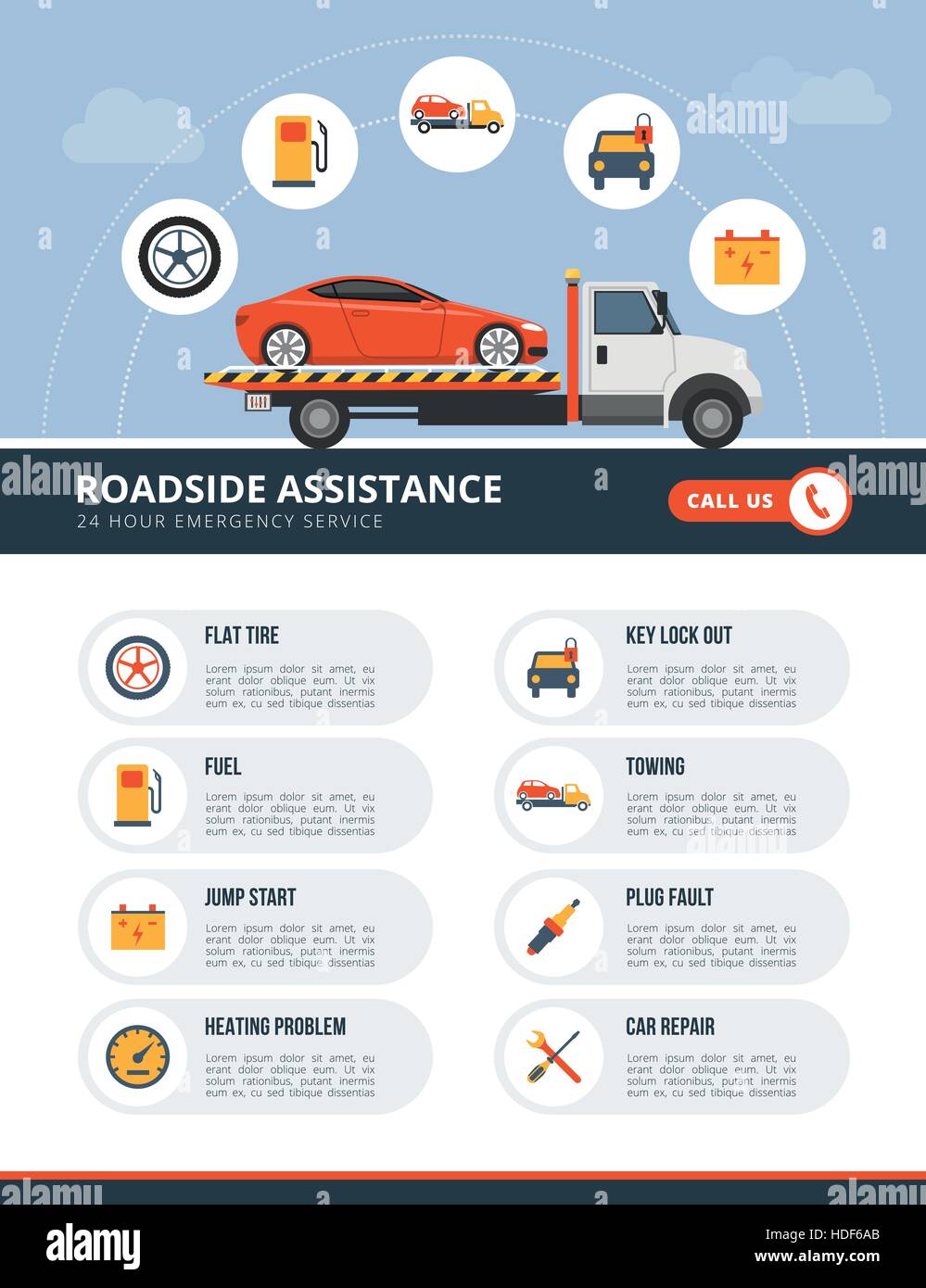Assessing Your Vehicle'S Caution Indicators: What They Truly Convey
Assessing Your Vehicle'S Caution Indicators: What They Truly Convey
Blog Article
Material By-Vinson Forbes
When you lag the wheel, those radiant caution lights on your dashboard can be a bit bewildering. Do you understand what they're attempting to tell you concerning your vehicle's health? Understanding the significance of these lights is crucial for your safety and the longevity of your car. So, the next time among those lights appears, would not you want to decipher its message accurately and take the needed actions to resolve it?
Common Caution Lights and Interpretations
Recognize common caution lights in your car and comprehend their meanings to guarantee safe driving.
The most typical warning lights consist of the check engine light, which signifies concerns with the engine or emissions system. If this light comes on, it's important to have your vehicle inspected promptly.
The oil pressure alerting light indicates reduced oil pressure, requiring immediate focus to stop engine damages.
A flashing battery light might recommend a damaged billing system, possibly leaving you stranded otherwise addressed.
The tire stress monitoring system (TPMS) light notifies you to low tire stress, influencing lorry security and fuel effectiveness. Overlooking visit this backlink can lead to unsafe driving conditions.
The abdominal light suggests a problem with the anti-lock braking system, endangering your capability to quit swiftly in emergencies.
Last but not least, the coolant temperature level cautioning light warns of engine getting too hot, which can result in severe damage if not fixed swiftly.
Comprehending these usual caution lights will help you deal with issues without delay and maintain safe driving conditions.
Importance of Prompt Interest
Comprehending the typical warning lights in your vehicle is only the initial step; the significance of promptly attending to these cautions can't be stressed enough to guarantee your security when traveling.
When a caution light brightens on your dashboard, it's your vehicle's means of connecting a potential issue that requires attention. Ignoring these cautions can result in extra extreme issues in the future, endangering your safety and potentially costing you much more in repairs.
Prompt attention to cautioning lights can avoid failures and accidents. For example, a blinking check engine light could suggest a misfire that, if left unattended, might cause damages to the catalytic converter. Resolving this quickly can conserve you from an expensive repair service.
In a similar way, a brake system warning light might signal reduced brake fluid or worn brake pads, crucial components for your security when driving.
DIY Troubleshooting Tips
If you discover a caution light on your dashboard, there are a few DIY troubleshooting suggestions you can try before seeking expert aid.
The primary step is to consult your automobile's handbook to understand what the details warning light indicates. In some cases the concern can be as simple as a loosened gas cap setting off the check engine light. Tightening up the gas cap may resolve the problem.
An additional usual issue is a low battery, which can set off numerous alerting lights. Checking the battery connections for deterioration and guaranteeing they're safe and secure could take care of the trouble.
If a caution light lingers, you can attempt resetting it by disconnecting the cars and truck's battery for a couple of minutes and afterwards reconnecting it. Additionally, inspecting on site detailing , such as oil, coolant, and brake fluid, can aid repair warning lights connected to these systems.
Verdict
To conclude, comprehending your vehicle's caution lights is vital for keeping your automobile running efficiently and safely. By promptly resolving these informs and recognizing what they indicate, you can stay clear of expensive repair services and prospective failures.
Bear in mind to consult your auto's handbook for particular information on each warning light and take action accordingly to ensure a trouble-free driving experience.
Remain notified, stay risk-free when driving!
